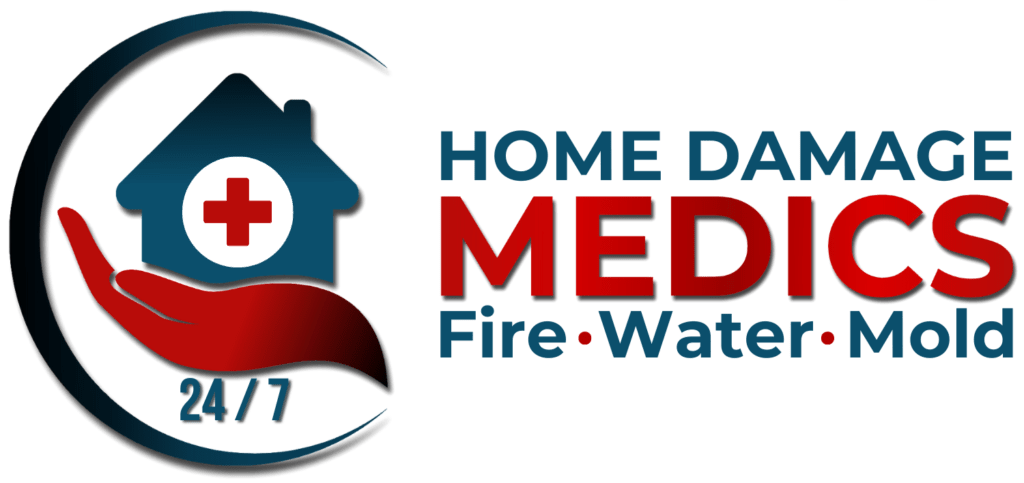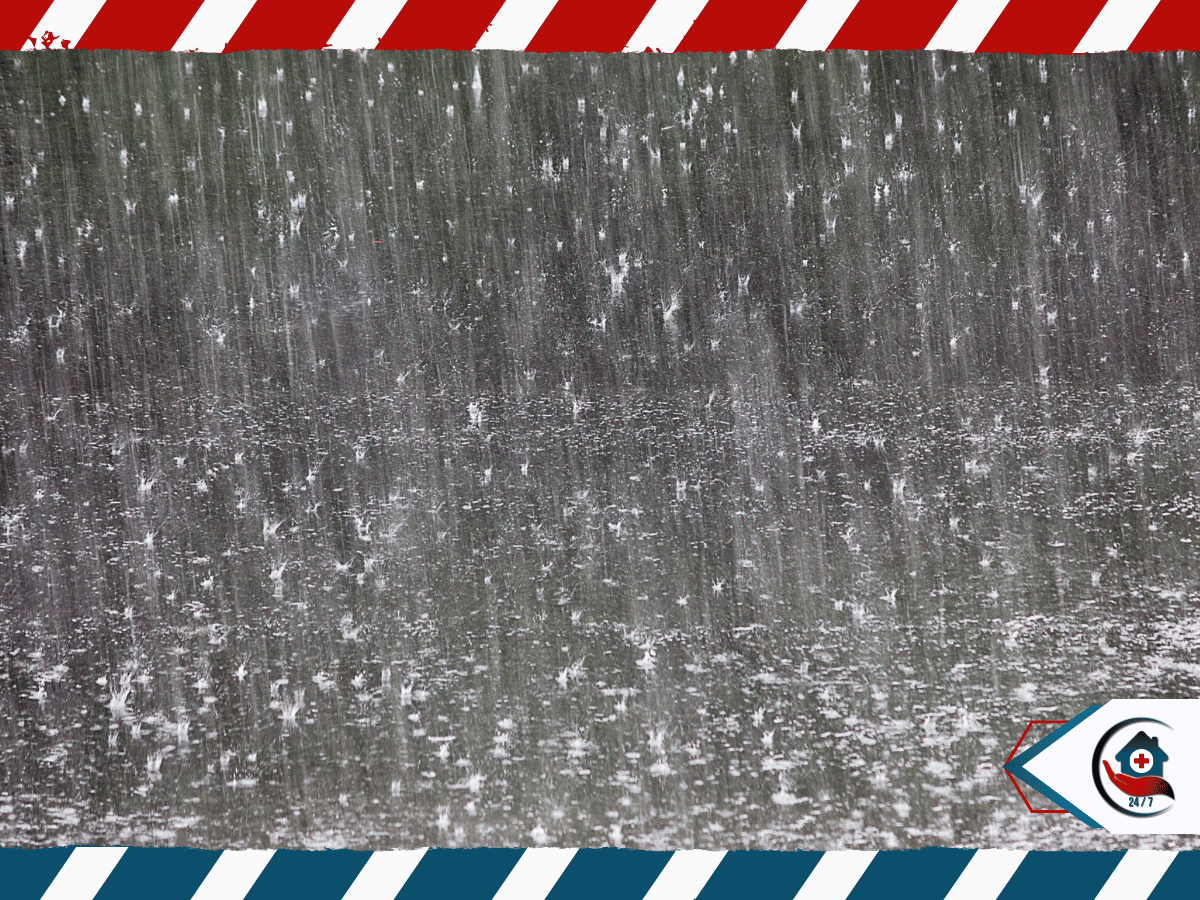Seattle’s legendary downpours are more than just a backdrop for coffee shop chatter—they pose a real threat to homes. As water accumulates around foundations and seeps through tiny cracks, basements become prime targets for moisture intrusion. Understanding why Seattle’s rainy season amplifies basement water problems is the first step toward keeping your lower level dry and your home safe.
Seattle’s Rainy Season: Understanding the Downpour
Seattle sees an average of 152 rainy days per year, with the bulk of its precipitation falling between October and April. During this prolonged rainy season, soil moisture increases and hydrostatic pressure builds against foundation walls. Even homes that stay bone-dry during summer can experience wet basement floors when the ground around them becomes oversaturated. Recognizing this seasonal rhythm can help homeowners plan timely maintenance.
Seattle Rainfall Patterns
- Steady, light rain vs. heavy downpours: Most days bring gentle mist, but occasional intense storms can dump over an inch of rain in 24 hours.
- Autumn peak: October and November typically see the highest monthly totals, often exceeding 5 inches of rain.
- Winter persistence: Between December and February, frequent showers keep soil moisture high, raising hydrostatic pressure against basement walls.
- Spring taper: Rain gradually lessens by April, but residual ground saturation can linger into early summer.
Impact on Home Foundations
When Seattle rain soaks into the ground, hydrostatic pressure builds against foundation walls and floors. Over time, this pressure can cause tiny cracks to widen, allowing water to seep into your basement. Even minor shifts in soil moisture during the rainy season can lead to foundation settlement, subtly undermining your home’s structural integrity and creating pathways for leaks.
Common Causes of Basement Leaks
Basement leaks in Seattle homes usually result from a combination of aging construction, heavy rain, and inadequate waterproofing. Understanding these common causes helps you target fixes effectively and maintain a dry basement throughout the wet season.
Foundation Cracks
- Hairline to large fractures: Cracks as small as 1/16″ can admit significant water under pressure.
- Settlement gaps: Soil shifting causes foundation walls to pull away from slabs or footings.
- Control joint failures: Designed seams in poured concrete sometimes separate and widen over time.
- Expansion joint deterioration: In block or brick foundations, mortar joints can erode, creating leak points.
Leaky Basement Windows
Basement windows—especially older or improperly installed units—are frequent leak points. Gaps in the frame, cracked seals, or worn weatherstripping let rainwater and runoff seep in. Even well-installed windows can allow moisture if exterior grading directs water toward the wall rather than away from it.
How Hydrostatic Pressure Leads to Basement Flooding
Hydrostatic pressure is the force exerted by standing water in saturated soil pressing against basement walls and floors. As Seattle’s rainy season saturates the ground, this pressure can exceed the resistance of concrete and sealants, driving water through cracks, joints, and porous materials.
Hydrostatic Pressure Explained
- Pressure buildup: Every foot of soil above your basement adds about 0.43 psi of pressure against foundation walls.
- Water table rise: Prolonged rain elevates the groundwater level, increasing pressure on interior drainage systems.
- Leak pathways: Under sufficient pressure, water penetrates control joints, utility penetrations, and microcracks in concrete.
- Seasonal cycle: Repeated wetting and drying cycles expand and contract soil, worsening foundation movement over years.
Soil Moisture and Foundation Walls
When soil becomes oversaturated, moisture wicks through porous concrete and mortar in foundation walls. This capillary action carries water into your basement, even without visible cracks. Homes built on expansive clay soils—common around Seattle—are particularly susceptible as the soil holds more water and exerts greater pressure on foundation walls.
Signs of Water Intrusion in Your Basement
Spotting early indicators of leakage can prevent full-blown flooding. Keep an eye out for subtle changes in your basement’s environment that signal water intrusion before you see standing water.
Damp Basement and Wet Basement Floor
- Persistent dampness: Even after days without rain, basement floors that never fully dry indicate moisture seeping through walls or slabs.
- Pooling around perimeter: Small puddles along the base of walls suggest water entering through joints or microcracks.
- Efflorescence: White, powdery mineral deposits on concrete surfaces reveal ongoing water infiltration.
Mold Growth and Musty Odors
- Black or green patches: Visible mold on walls, especially in corners or behind stored items, signals ongoing water intrusion.
- Persistent musty smell: A stale, earthy odor—even when the basement is dry—often means hidden moisture feeding mold growth.
Preventive Maintenance Tips for Seattle Homes
Regular upkeep is key to keeping basements dry during Seattle’s rainy season. Small steps now can prevent major water damage later.
Cleaning Gutters and Downspouts
- Remove leaves and debris from gutters each fall and spring.
- Ensure downspouts extend at least 5 feet from the foundation.
- Install gutter guards to reduce clogs and redirect rainwater away from basement walls.
Sealing Cracks and Doors
To keep rainwater out, seal all potential entry points around your basement’s perimeter:
- Fill foundation cracks: Use hydraulic cement or polyurethane caulk to plug gaps up to ¼”.
- Weatherstrip and door sweeps: Apply new weatherstripping around basement doors and install a door sweep on the threshold.
- Seal window frames: Recaulk around window perimeters and replace deteriorated seals.
- Repair or replace damaged doors: Ensure basement access doors fit tightly and have no rotted wood or warped jambs.
Basement Waterproofing Options
Basement waterproofing can be tackled from inside or outside. Exterior methods include excavating around foundation walls, installing a waterproof membrane, and adding exterior drainage pipes. Interior solutions involve applying waterproof coatings to walls and floors, installing an interior drainage system beneath the slab, and routing water to a sump pump. Each approach addresses hydrostatic pressure differently—often a combination yields the best protection for Seattle homes.
When to Call in Professionals
If leaks persist despite your preventive efforts, it’s time to enlist professional help. Water damage restoration experts use infrared cameras and moisture meters to pinpoint leaks, then design a targeted waterproofing plan. They can install French drains, interior drainage systems, and high-capacity sump pumps, plus perform foundation repairs and mold remediation. For complex issues—like foundation settlement or recurring flooding—professional services ensure lasting results and peace of mind.




